15 Popular Vintage Cars That Defined the 1960s
The 1960s brought some of the most exciting and innovative cars to the road. These vehicles captured the spirit of the time, combining style with performance. Classic car lovers continue to celebrate the models from this era for their unique features and unforgettable designs. Many of these cars still hold their value and remain popular among collectors. If you are passionate about vintage cars, exploring the best models from the 1960s is a must.
This post may contain affiliate links, which helps keep this content free. Please read our disclosure for more info.
Ford Mustang (1964-1973)
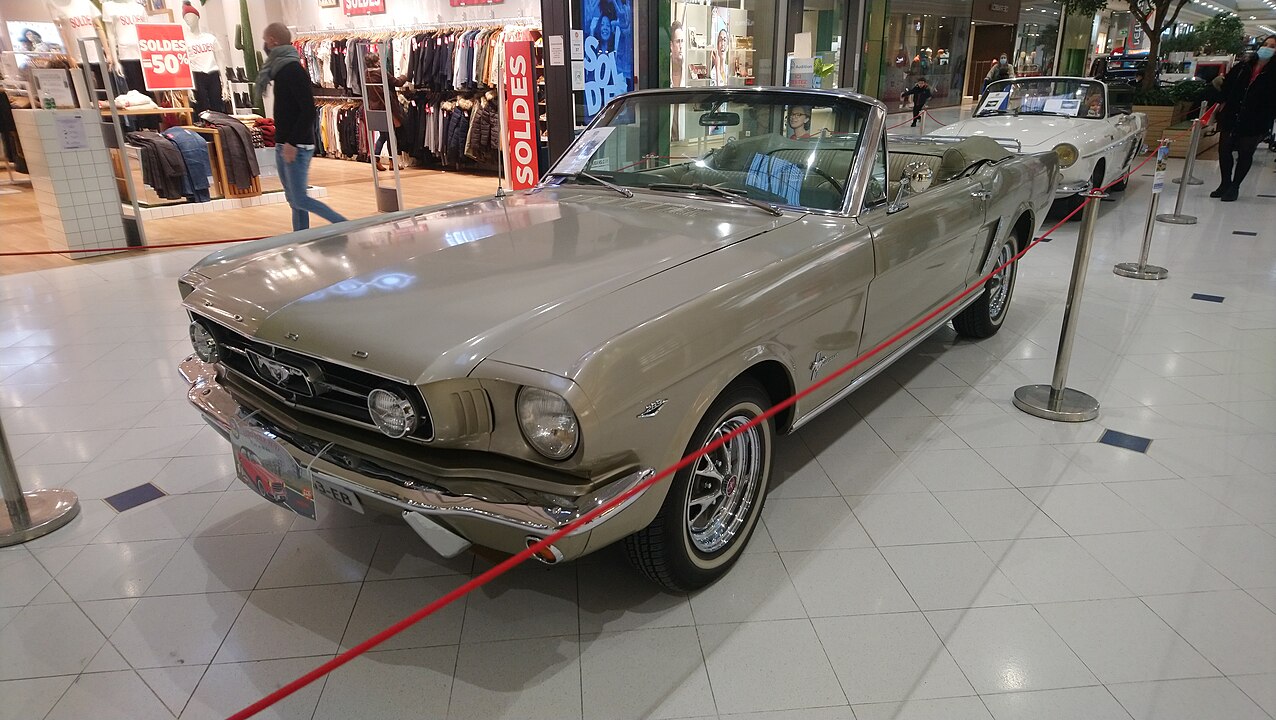
The Ford Mustang made its debut in 1964 and instantly became a symbol of American performance. With a sleek profile and powerful V8 engines, it offered a thrilling driving experience that was both stylish and accessible. The Mustang’s wide range of trim levels allowed buyers to select between different engine configurations, from the base model to the performance-oriented GT. It also introduced the concept of a “pony car,” offering sporty performance at an affordable price.
The Mustang’s cultural impact was immense, particularly in the 1960s when it became synonymous with youthful freedom and rebellion. Its striking design features, such as the long hood and short rear deck, helped establish a unique identity within the muscle car market. In the years since its release, the Mustang has maintained its status as an enduring icon.
Chevrolet Camaro (1966-1969)
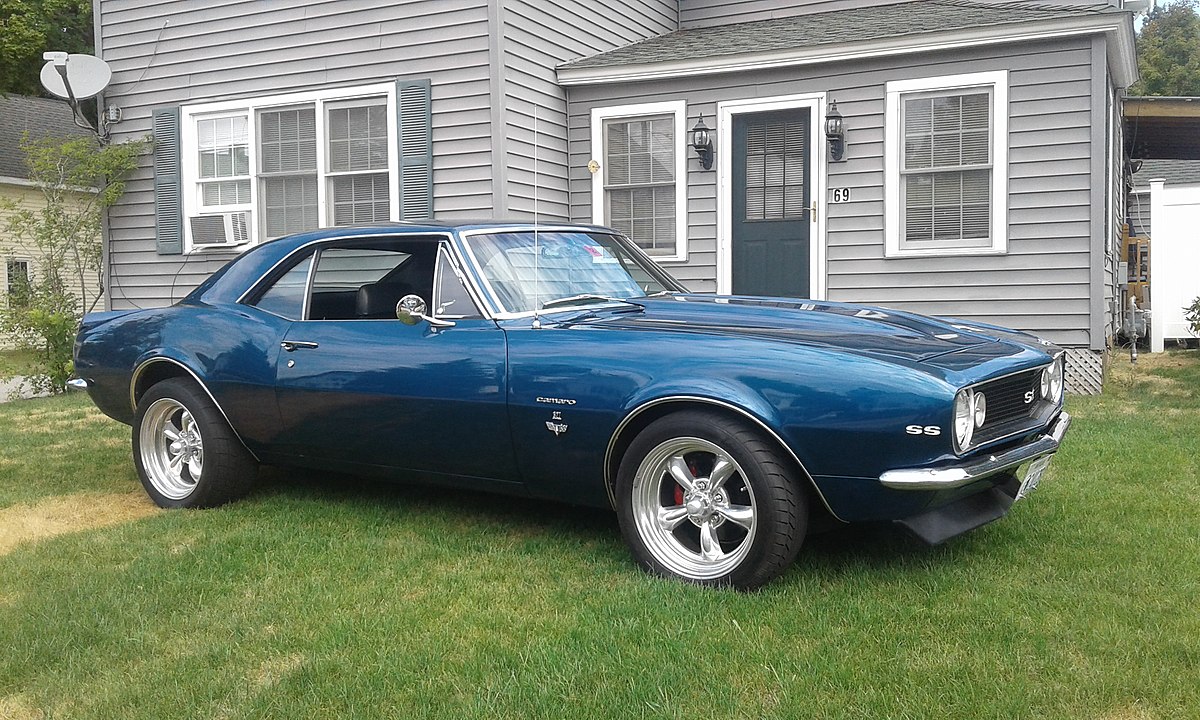
Introduced in 1966, the Chevrolet Camaro was designed to compete directly with the Ford Mustang. It featured an aggressive stance, powerful V8 options, and bold styling that made it a favorite among muscle car enthusiasts. The Camaro was built to deliver both speed and visual appeal, with a body design that made it stand out on the road. For collectors, its performance and aesthetic features, particularly in the Z28 and SS trims, have made it highly desirable.
Over the years, the Camaro has been celebrated for its balance of performance and value. Its design elements, like the large front grille and sharp lines, continue to evoke admiration. Whether on the street or at the racetrack, the Camaro made a lasting impression as a car that combined power with style. It remains a standout in the muscle car community due to its enduring legacy and its appeal to those who value both history and speed.
Jaguar E-Type (1961-1975)
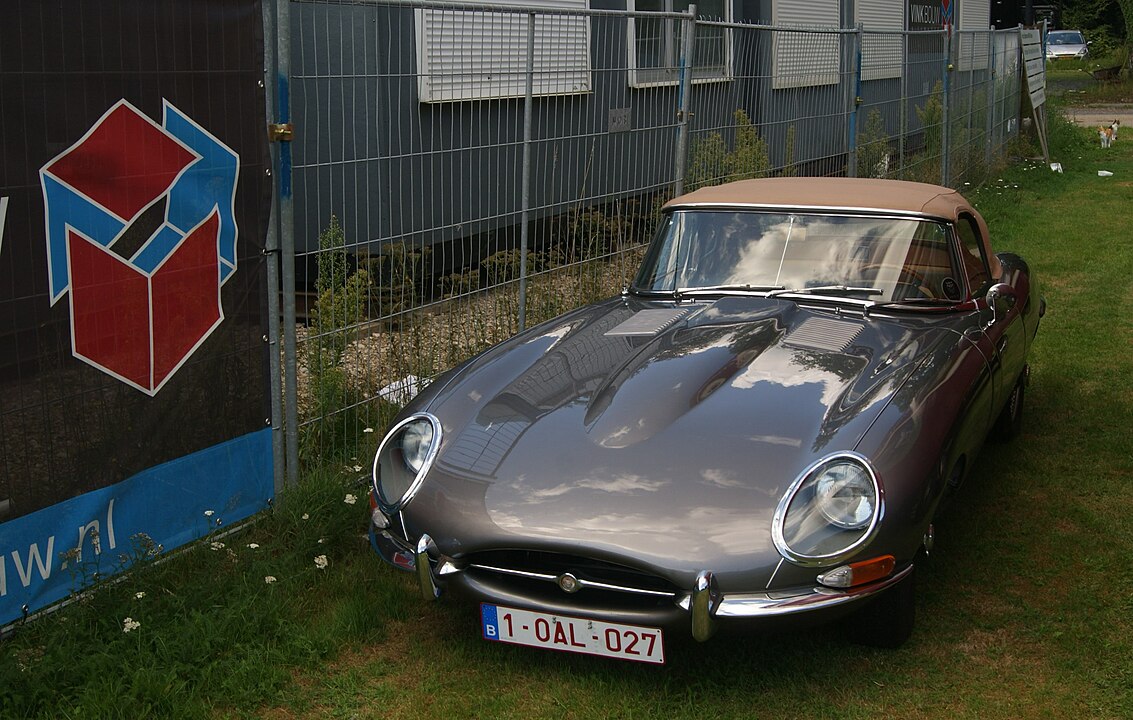
The Jaguar E-Type debuted in 1961 and was immediately hailed as one of the most beautiful cars ever produced. Its long, flowing lines and sleek design made it a favorite among automotive enthusiasts and collectors alike. Powered by a six-cylinder engine, the E-Type offered impressive performance alongside its stunning aesthetics.
Known for its success in racing, the E-Type also became a cultural icon, thanks to its appearances in various films and media. Its ability to balance performance with luxury made it a must-have for car collectors. With its top speed reaching over 150 mph, the E-Type was one of the fastest cars of its era.
Porsche 911 (1964-Present)
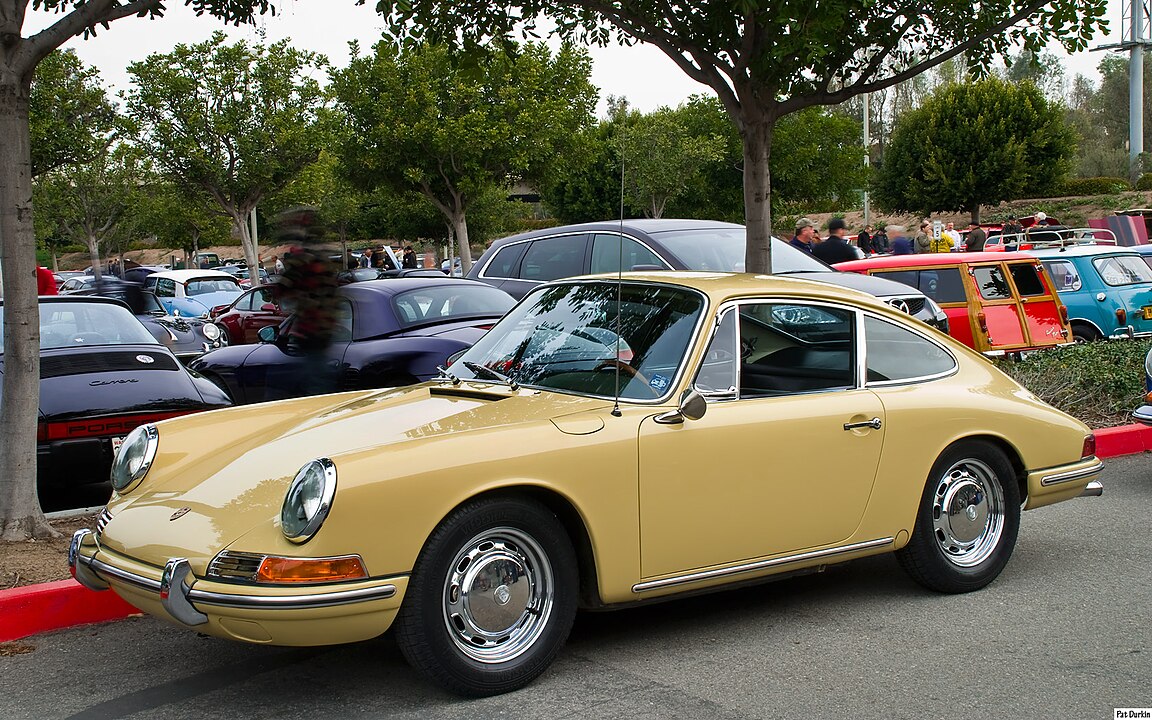
The Porsche 911, first introduced in 1964, revolutionized the sports car market with its unique design and engineering. Featuring a rear-engine layout and a distinctive silhouette, the 911 quickly became known for its exceptional handling and performance. Its agility and smooth driving experience, paired with its iconic round headlights, made it a standout in both racing and everyday driving. Over the years, it has remained a benchmark for sports car excellence.
Porsche’s dedication to continuous improvement ensured that the 911 evolved while keeping its classic characteristics intact. Its success in motorsports, especially in endurance racing, helped cement its status as one of the greatest sports cars ever made. Today, the Porsche 911 represents the pinnacle of German automotive performance.
Chevrolet Corvette Stingray (1963-1967)
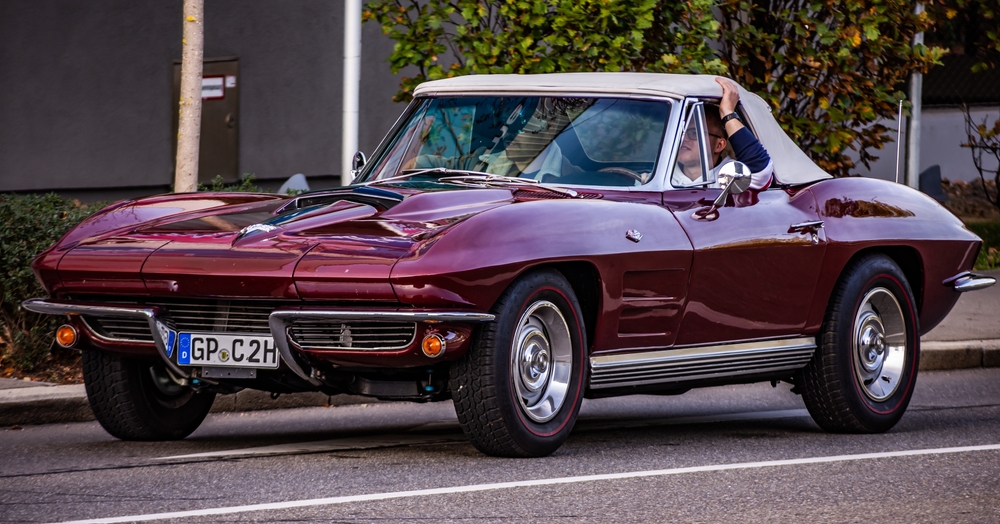
The Chevrolet Corvette Stingray, launched in 1963, marked a significant shift in American sports car design. With its aggressive lines and powerful V8 engine options, it became a true symbol of American performance. The Stingray’s distinctive split rear window, which was featured on early models, added a unique touch that set it apart from other vehicles of its time. The car quickly became known for its exceptional speed and handling, appealing to both racing enthusiasts and casual drivers.
Beyond its speed and power, the Corvette Stingray represented the pinnacle of American automotive design during the 1960s. It provided drivers with a thrilling driving experience while offering a sleek, sophisticated appearance. The car’s racing success and popularity in the United States helped solidify its place in automotive history.
Ford Thunderbird (1961-1963)
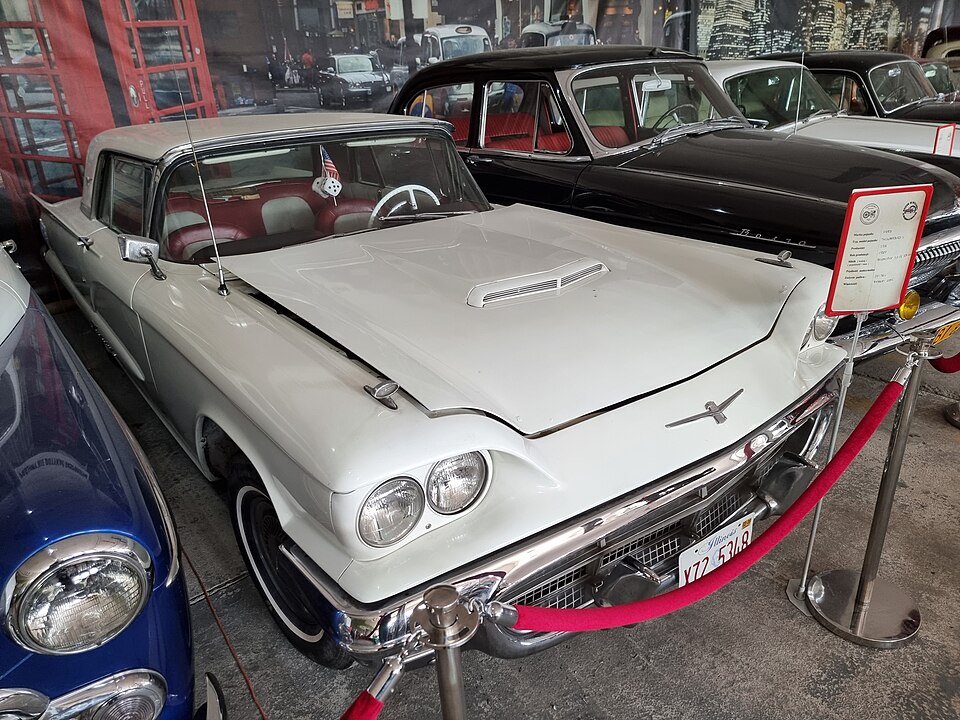
By the early 1960s, the Ford Thunderbird had evolved from a sporty two-seater to a larger, more luxurious vehicle. With its smooth ride and refined design, the Thunderbird offered a perfect blend of comfort and performance. Its V8 engine options provided ample power, making it a popular choice among buyers seeking both luxury and performance.
The Ford Thunderbird quickly became synonymous with mid-century American style and sophistication. It was marketed as a personal luxury car, designed for drivers who wanted a comfortable yet powerful vehicle. As a classic, the Thunderbird is still cherished for its place in American automotive history.
Shelby GT350 (1965-1967)

The Shelby GT350, produced by Ford and Carroll Shelby, was a high-performance version of the Ford Mustang that made waves in the automotive world. Introduced in 1965, this car was built for both street use and racing, offering remarkable speed and agility. Powered by a 271-horsepower V8 engine, it quickly became one of the most iconic muscle cars of its era. With its aggressive styling and performance-oriented upgrades, the GT350 set new standards for American muscle.
Shelby’s involvement in creating the GT350 ensured that it wasn’t just a performance car, but a model that could compete at the highest levels of racing. The car’s lightweight construction, coupled with its powerful engine, made it a formidable competitor on the racetrack. Its combination of speed, design, and history makes it one of the most iconic muscle cars in existence.
Dodge Charger (1966-1974)
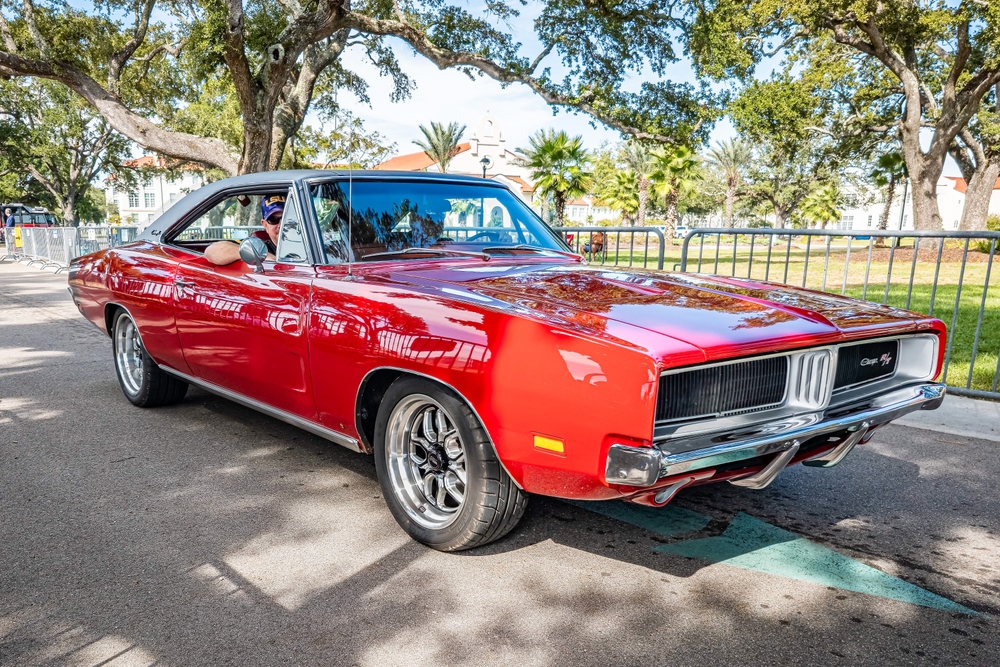
The Dodge Charger, introduced in 1966, quickly became a symbol of American muscle. Known for its aggressive styling and high-performance V8 engine options, the Charger dominated the streets and the racetrack. Its sleek, fastback design, coupled with its powerful engine, made it a favorite among enthusiasts.
Throughout the late 1960s and early 1970s, the Charger became a household name, particularly after its appearance in movies and television shows. The car was available in various configurations, allowing buyers to choose from a range of engine options and performance packages. As a vintage car, the Dodge Charger continues to be one of the most coveted muscle cars, appreciated for its power, design, and connection to American pop culture.
Mini Cooper S (1963-1967)
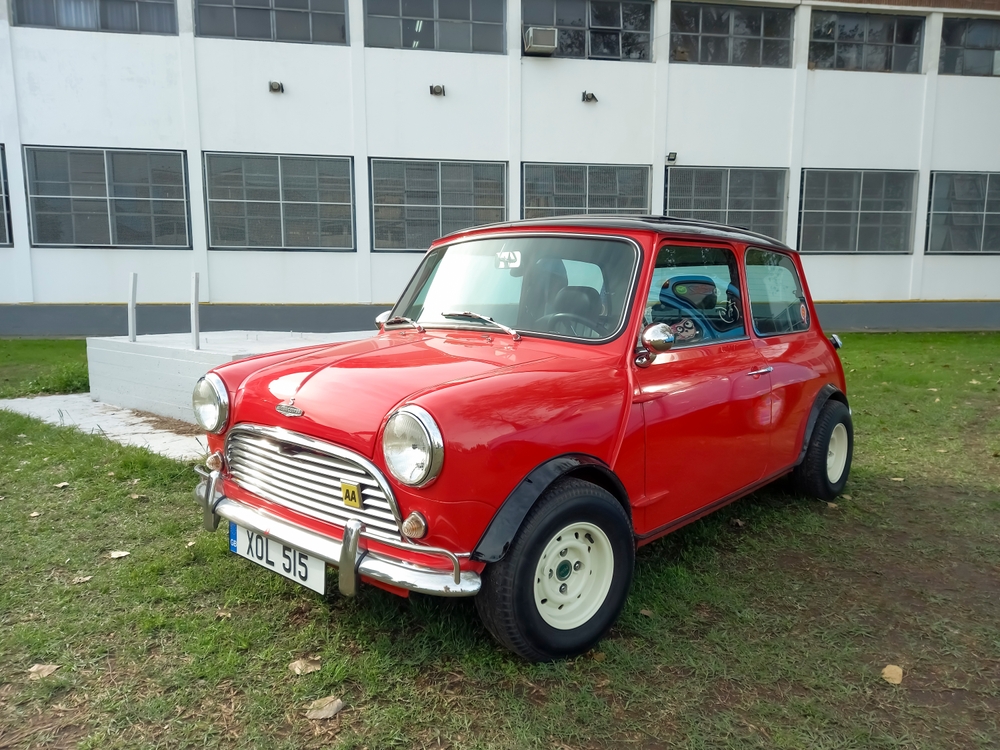
The Mini Cooper S, introduced in 1963, changed the world of motorsport with its compact size and agile handling. Designed for tight corners and quick acceleration, the Mini Cooper S was an instant success on the racetrack, especially in European rally events. Despite its small size, the car offered impressive performance, making it popular with both casual drivers and racing enthusiasts.
The Mini Cooper S is also remembered for its iconic success in the Monte Carlo Rally, where it dominated the competition in the 1960s. Its affordable price and excellent fuel efficiency made it popular among urban drivers. As a vintage car, the Mini Cooper S remains beloved for its unique style and impressive performance. Its legacy as a racing legend and cultural icon has made it a cherished collector’s item.
Buick Riviera (1963-1965)
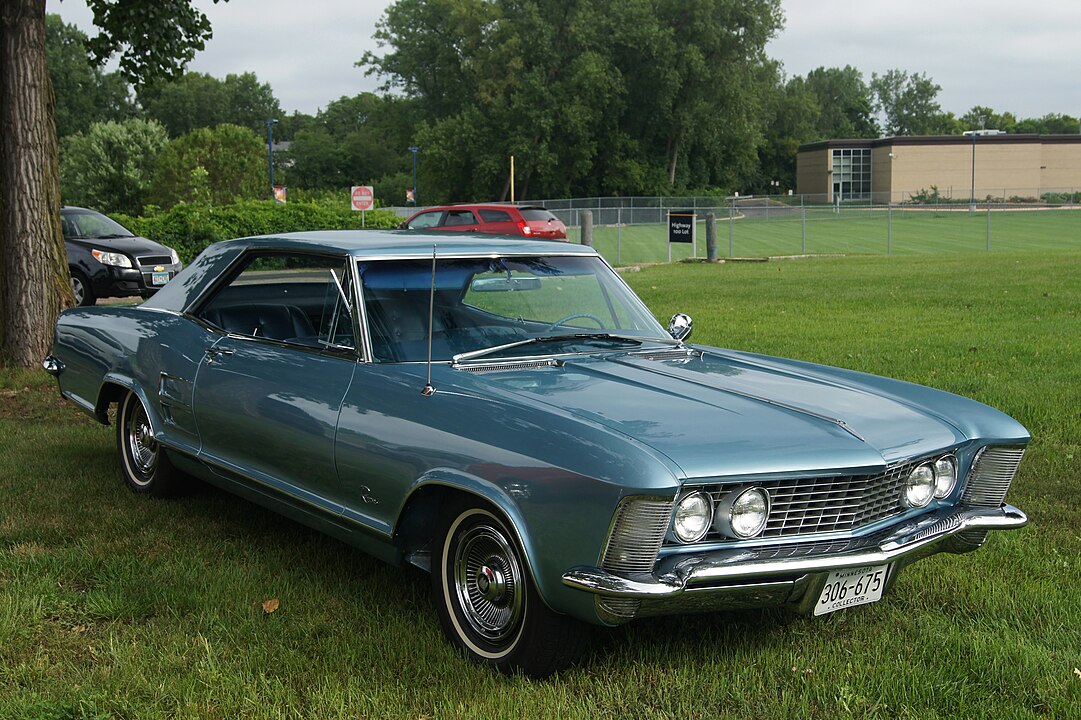
The Buick Riviera, introduced in 1963, was a luxury vehicle with performance capabilities that set it apart from other cars in its class. Its sleek, low-profile design, featuring a distinctive fastback roofline, helped it stand out in the crowded luxury car market. Powered by a V8 engine, the Riviera offered powerful performance, combining luxury and speed in a way that few other cars of its time could match. It quickly became known for its elegant design and smooth ride.
The Riviera was aimed at buyers looking for both style and performance, offering features that were typically found in more expensive models. It helped Buick cement its reputation as a maker of high-quality, refined automobiles. As a vintage car, the Buick Riviera remains highly desirable for collectors who appreciate its combination of luxury and performance.
AMC Javelin (1968-1974)
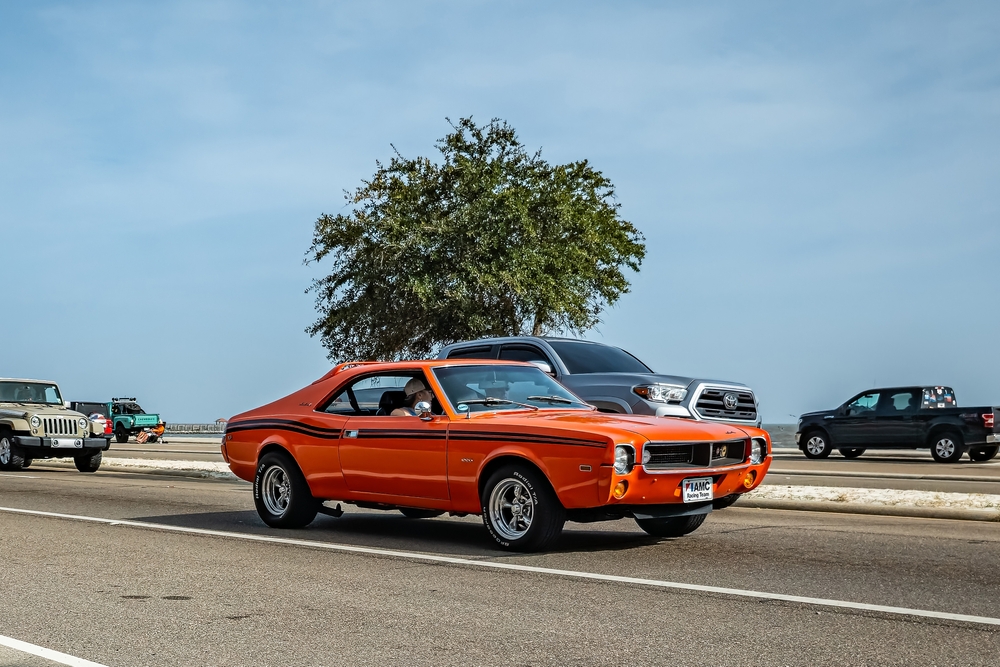
The AMC Javelin, introduced in 1968, was a muscular car that competed with other popular muscle cars of the era. With a sleek, aggressive design and powerful engine options, the Javelin quickly earned a spot in the muscle car market. It offered a range of V8 engine configurations, making it a car that appealed to enthusiasts looking for both speed and style.
The Javelin’s affordability and customization options made it a popular choice for car enthusiasts. It was marketed as a vehicle for those looking for a performance car without the high price tag associated with other muscle cars. As a vintage car, the AMC Javelin remains a prized model for collectors who appreciate its distinctive design and performance-driven heritage. Its rarity and place in the muscle car era continue to contribute to its desirability.
Chrysler Newport (1961-1968)
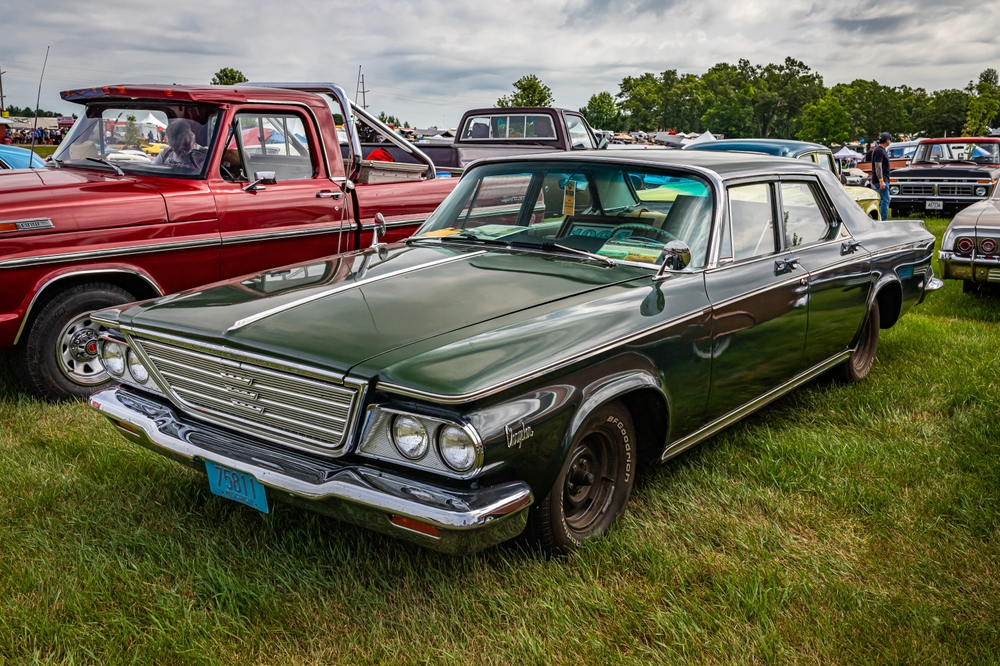
The Chrysler Newport, introduced in the early 1960s, was a full-size luxury car that offered both comfort and performance. Known for its spacious interior and smooth ride, the Newport quickly became a popular choice among buyers seeking a refined, high-quality vehicle. It featured a V8 engine, providing ample power without sacrificing comfort. The car’s classic design, with its wide body and sleek lines, made it a standout in the luxury car market.
The Newport was marketed as an affordable luxury vehicle, offering premium features like leather upholstery and power windows at a lower price than many competitors. It helped Chrysler establish itself as a leader in luxury car design during the 1960s. Its timeless design and connection to American automotive history make it a coveted classic.
Oldsmobile 442 (1964-1967)
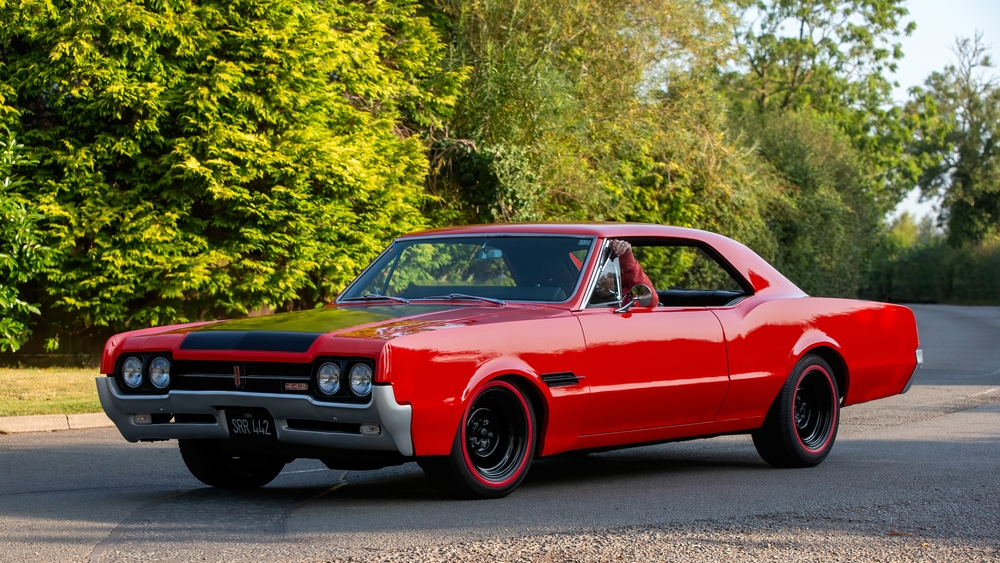
The Oldsmobile 442, introduced in 1964, quickly earned a reputation as a powerful muscle car. Known for its V8 engine options and distinctive styling, it provided impressive performance while maintaining a high level of comfort. The 442’s name referred to its key features: four-barrel carburetor, four-speed manual transmission, and dual exhausts. It quickly became a favorite among muscle car enthusiasts looking for a combination of power and affordability.
The 442’s success was driven by its unique blend of performance and value, offering a powerful engine at a price lower than many competitors. It also provided a range of options for customization, allowing buyers to tailor their car to their preferences. Today, the Oldsmobile 442 is highly regarded as a key player in the muscle car era.
Mercury Cougar (1967-1970)
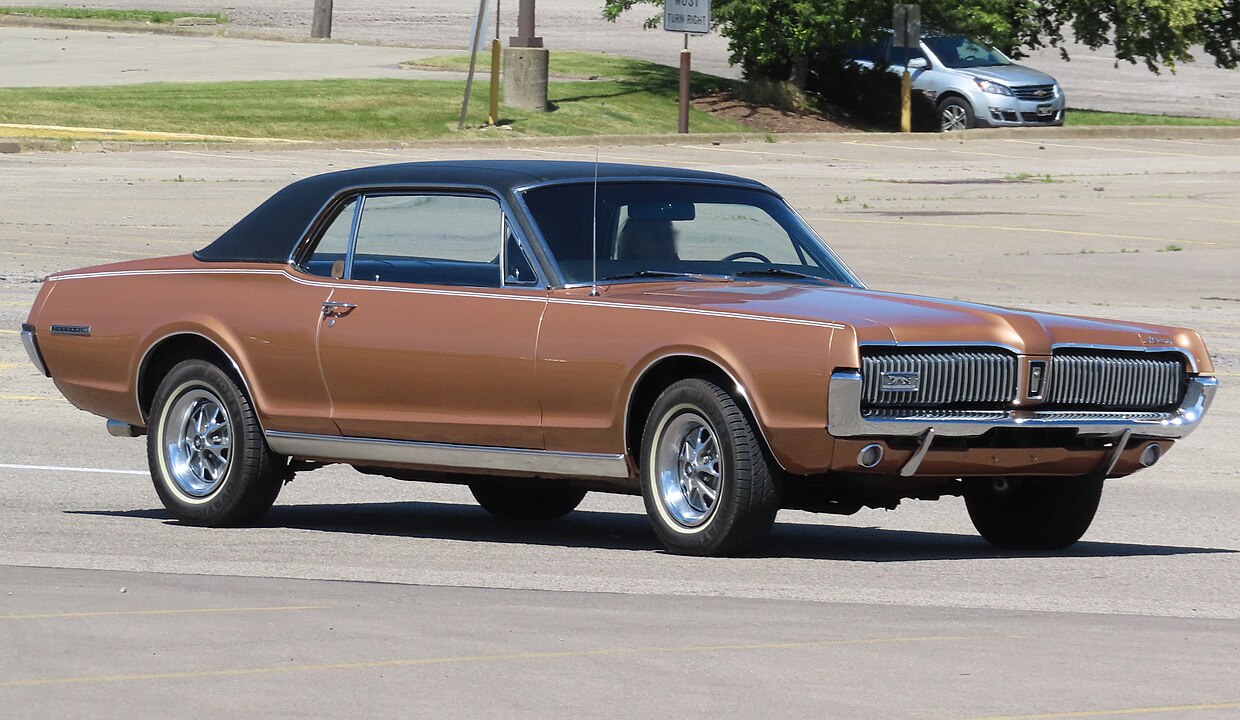
The Mercury Cougar, introduced in 1967, offered a more refined and upscale alternative to other muscle cars of the time. Designed to compete with the Ford Mustang, it combined sporty performance with a more luxurious interior. The Cougar was known for its smooth ride, sleek lines, and powerful V8 engine options, making it an attractive choice for buyers looking for both style and performance.
Throughout its production, the Cougar was available in various trims, including the high-performance XR7 model. Its luxury features, such as leather seats and advanced suspension systems, set it apart from its competitors. As a vintage car, the Mercury Cougar is admired for its blend of power, style, and refinement.
Pontiac Firebird (1967-1969)
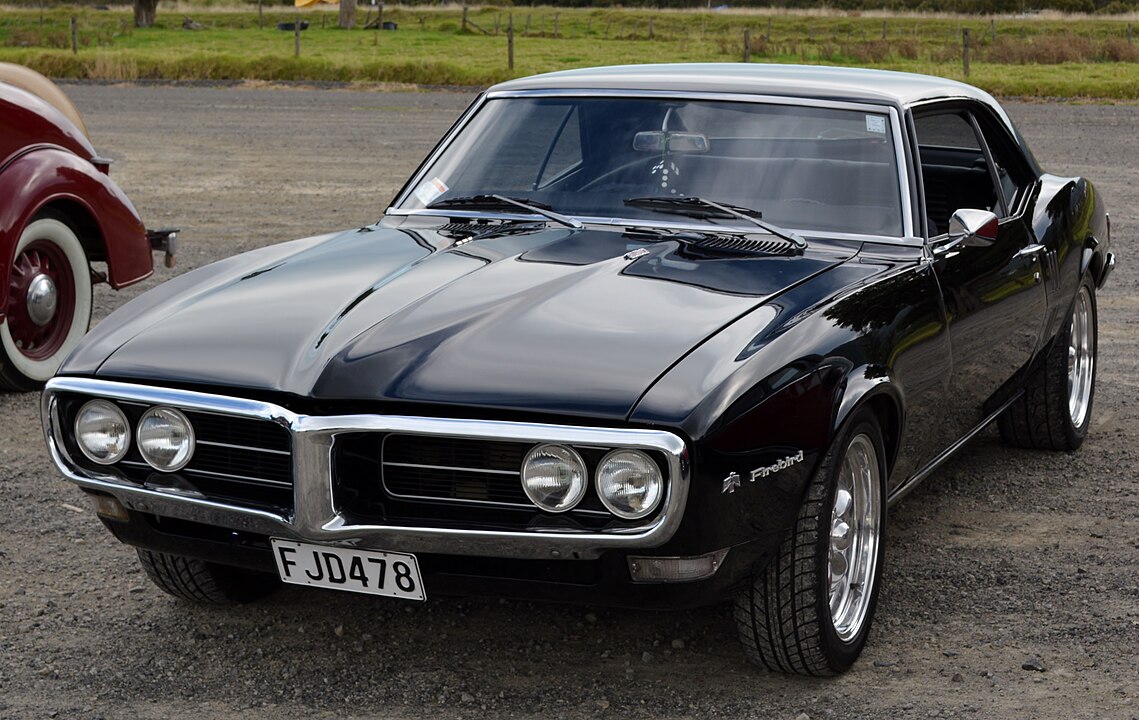
Introduced in 1967, the Pontiac Firebird was designed to compete with other muscle cars of the era. It featured a range of engine options, from inline-six to V8, giving buyers the flexibility to choose the level of performance they desired. The Firebird’s bold, aggressive design, with its iconic front grille and sloped rear end, helped it stand out in the muscle car market.
The Firebird’s connection to the Trans Am racing series helped establish its reputation for performance. Its availability in both hardtop and convertible versions made it versatile and appealing to a broad range of buyers. As a vintage car, the Pontiac Firebird remains a symbol of the muscle car era, with its striking design and high-performance engines making it a favorite among collectors.
This article originally appeared on Avocadu.
